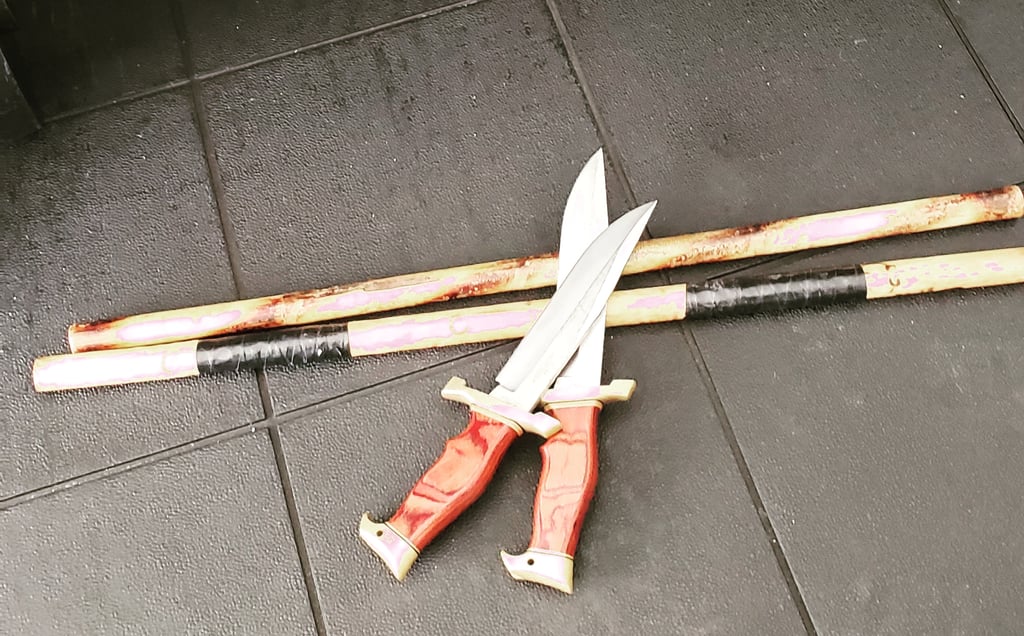WE HAVE MOVED! 2160 HUNTINGTON DR. UNIT C DUARTE CA
Reality based weapons training
Martial arts and reality based, weapons, training.
9/25/20232 min read


Weapons Martial Arts vs Reality-Based Training: The Power of Simplicity for Effective General Practitioners
In the world of self-defense, two popular approaches to training have emerged over the years: weapons martial arts and reality-based training. While both have their merits, this blog explores the idea that keeping it simple can greatly benefit general practitioners, making them more effective in real-life situations. Let's delve into the reasons why simplicity stands out as a powerful tool in self-defense training.
1. Understanding Real-Life Scenarios:
In reality-based training, the objective is to prepare individuals for real-world situations rather than adhering to strict martial art forms. By keeping training methods simple and practical, general practitioners can focus on understanding and analyzing real-life scenarios. This allows them to adapt quickly and efficiently, using the most effective techniques tailored to each unique situation.
2. Eliminating Complex Techniques:
Weapons martial arts often involve intricate and complex techniques specific to certain weapons. While these techniques can be effective for specialized practitioners, they may not always be practical for general self-defense purposes. Simplicity helps general practitioners avoid unnecessary complexity, allowing them to focus on quick decision-making and utilizing efficient techniques that can actually save lives.
3. Muscle Memory and Reaction Time:
In high-stress situations, reaction time and muscle memory play crucial roles. Reality-based training encourages the building of instinctive responses through repetitive and simplified techniques. By practicing simple, realistic scenarios, general practitioners can develop muscle memory that kicks in automatically, without requiring conscious thought. This increases their chances of effectively defending themselves when facing unexpected attacks.
4. Adaptability and Versatility:
Keeping self-defense techniques simple promotes adaptability and versatility. General practitioners who rely on simplified training methods are more capable of adjusting their tactics to suit different environments, opponents, and weapons. By focusing on basic principles and concepts, they become more well-rounded, capable of applying their skills across various situations, even without prior knowledge of specific martial arts styles.
5. Time and Resource Considerations:
For general practitioners seeking to learn self-defense, time and resources may be limited. Investing years into mastering a specific weapons martial art might not be feasible. Reality-based training, with its emphasis on simplicity, offers a more accessible and time-efficient approach. It allows practitioners to acquire relevant skills and knowledge quickly, making them effective in a shorter period.
Conclusion:
While weapons martial arts have their place in specialized training, the practicality, efficiency, and effectiveness of simplicity cannot be overlooked. General practitioners who embrace reality-based training and keep their techniques simple can benefit greatly. They gain a deeper understanding of real-life scenarios, develop muscle memory and quicker reaction times, become adaptable to various situations, and acquire the necessary skills in a shorter period. Ultimately, simplicity empowers general practitioners to effectively defend themselves and increase their chances of survival in real-world encounters.